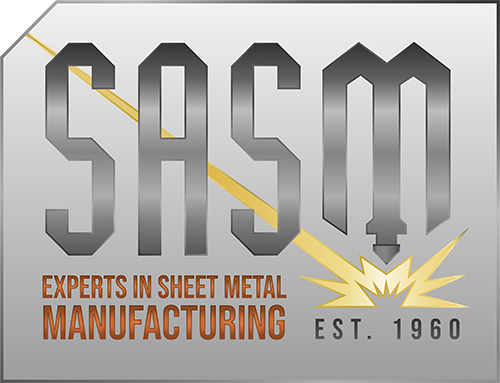Metal Plating
This service is out sourced but can be arranged as part of other services we offer.
Metal plating is a long-established process. These days only plating techniques using a liquid tend to be referred to as ‘plating’. Metallizing refers to the process of coating metal on non-metallic objects.
Chrome plating
Chrome plating is a finishing treatment utilizing the electrolytic deposition of chromium.
Bright chrome: the most common use of chrome plating, achieving a corrosion-resistant mirror-like finish for metal furniture frames and automotive trim. Bright chrome typically comprises a 10-µm layer over an underlying nickel plate.
Hard chrome: a thicker deposit (up to 1000 µm) traditionally used in industrial equipment to reduce friction and wear.
Zinc plating – galvanization
Zinc coatings form a barrier to prevent the protected metal from oxidizing and by acting as a sacrificial anode if this barrier is damaged. Zinc oxide is a fine white dust that doesn’t cause the substrate’s surface integrity to break down as it is formed (unlike iron oxide). Zinc oxide can also act as a barrier to further oxidation (similar to the way aluminium and stainless steels are protected by their oxide layers).
Tin plating
Tin-plating is used extensively to protect both ferrous and nonferrous surfaces. Tin’s non-toxic, ductile and corrosion resistant properties make it an ideal metal for the food processing industry.
Tin’s excellent ductility allows a tin coated base metal sheet to be formed into a variety of shapes without damaging the surface tin layer. It provides sacrificial protection for copper, nickel and other non-ferrous metals (but not steel).
Because tin protects the base metal from oxidation (thus preserving its solderability), tin is also widely used in the electronics industry. Sometimes lead is added to prevent the growth of metallic ‘whiskers’ in compression stressed deposits, thus avoiding electrical shorting.

